For decades, plastic packaging has been ubiquitous across supermarket aisles and household pantries, enveloping everything from snack foods to cleaning supplies. But in recent years, stark realities about plastic’s disastrous impacts have set the stage for a sustainability revolution.
Plastic production and waste contribute significantly to greenhouse gas emissions. The vast majority of plastic packaging ends up in landfills or oceans, persisting for centuries. Microplastics already contaminate food chains and threaten wildlife. In light of these consequences, demand for eco-friendly packaging solutions has exploded.
Now in 2024, big consumer brands are responding by rapidly adopting paper-based packaging as a renewable, recyclable alternative to problematic plastics. From KitKat to Pringles, iconic products are getting radical makeovers with paperboard, cartons and wraps replacing plastic. This revolution is just getting started, but its implications are enormous.
Qatar Printing
Sustainability has become a competitive imperative for CPG companies. The right packaging plays a pivotal role in reducing supply chain carbon footprints and building a circular economy. While paper has clear advantages, brands must holistically rethink packaging from materials to production to end-of-life.
The packaging innovations emerging today provide hope for a future where brands embrace their environmental stewardship. With paper swapping in for plastic across grocery store aisles in 2024, more sustainable materials and designs are no longer just aspirations – they are becoming the new normal.
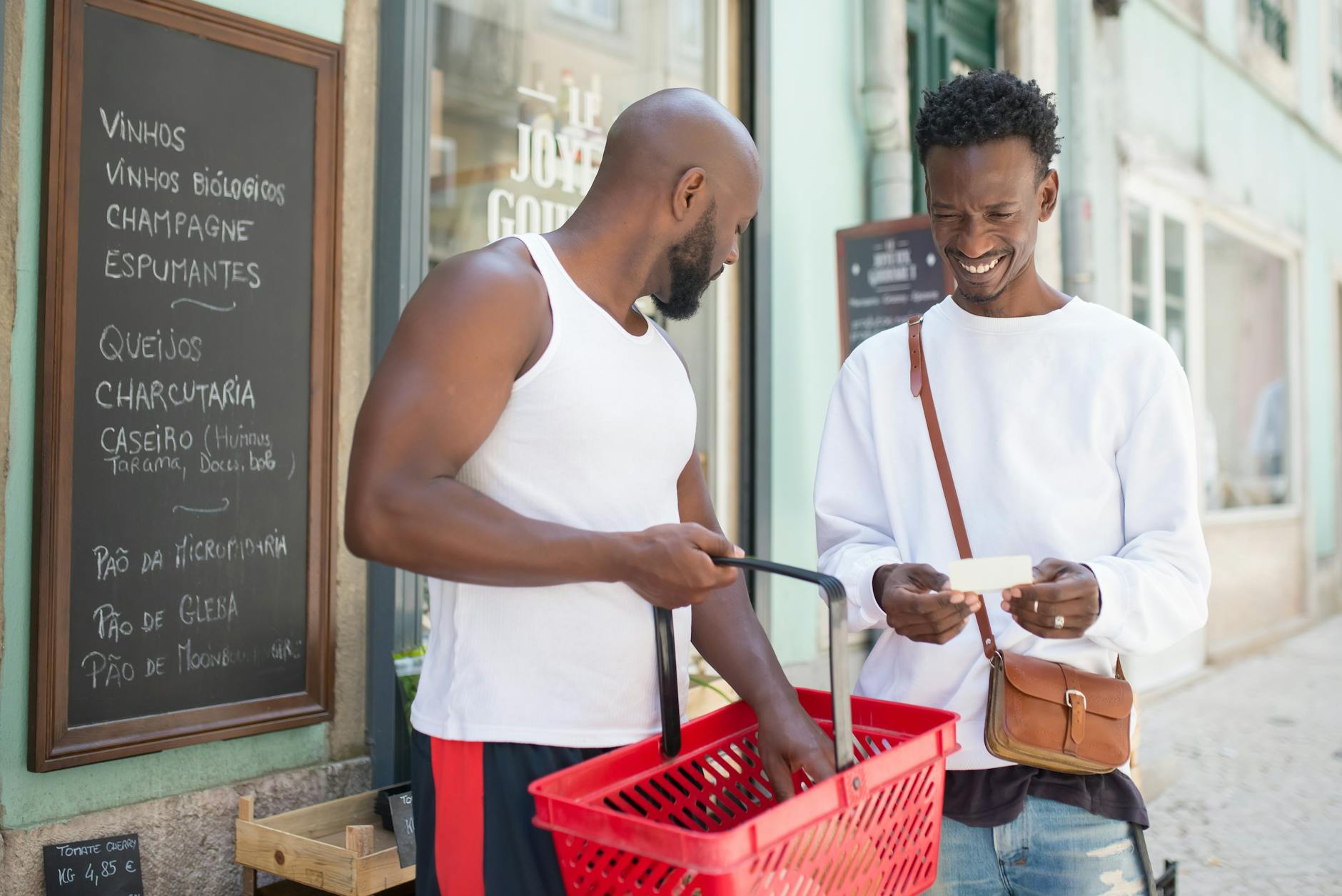
Plastic for decades
For decades, plastic packaging has been the norm for food, beverages and household products. But a sustainabilityreckoning has arrived. Plastic waste from product packaging chokes landfills, litters our oceans, harms wildlife, and contaminates food chains. Consumers increasingly seek eco-friendly options.
In response, major brands are eliminating problematic plastics by innovating paper packaging solutions. This revolution is just getting started, but is already significantly reducing plastic waste.
This article will explore major initiatives brands are undertaking to pioneer recyclable paper packaging. But first, let’s examine the environmental and business forces driving this revolution.
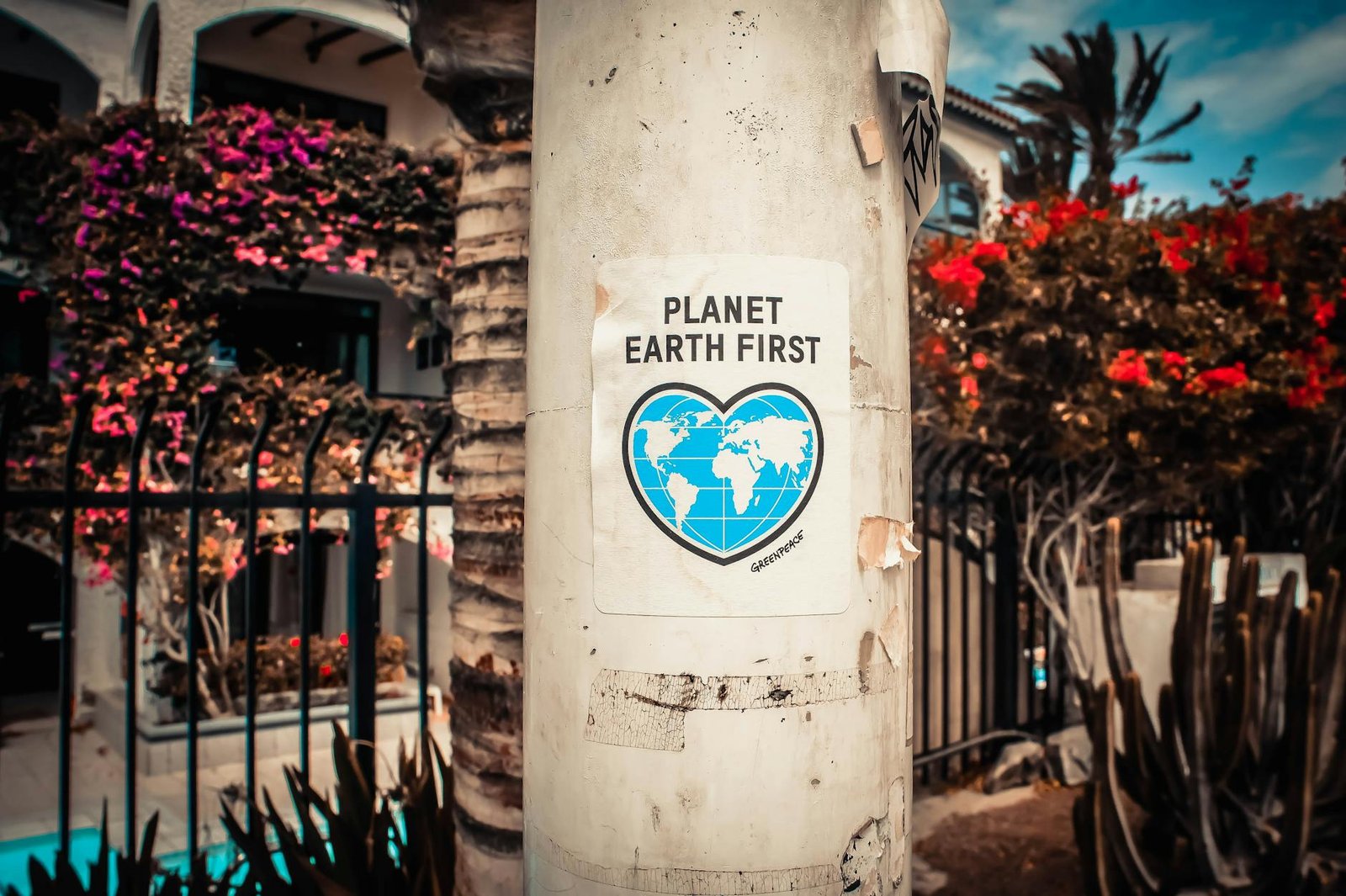
Driving Forces Behind the Packaging Revolution
Multiple interconnected factors are pushing consumer brands to adopt sustainable practices by eliminating plastic in favor of paper in product packaging.
1. Public Outcry Over Plastic Waste
Consumers have declared war on throwaway culture. Graphic photos and videos of beaches littered with plastic ignite outrage. Activist campaigns pressure companies. Shoppers demand change.
2. Government Restrictions
Regulations banning single-use plastics are spreading globally. Lawmakers are holding companies accountable for traditional packaging materials and waste. Non-compliance with these sustainability measures can result in heavy fines due to their impact on the environment.
3. Corporate Commitments to Net Zero
To reach ambitious carbon reduction goals, brands must shrink plastic footprints. Part of reaching net zero emissions involve efforts to cut virgin plastic usage and reduce packaging materials.
4. Investor Pressure
A growing number of shareholders who are concerned about sustainability now require action on plastic and a shift towards more sustainable packaging solutions. They recognize packaging innovation as smart business, not just PR.
5. Supply Chain Disruptions
Plastic supply issues and price spikes during COVID created incentives to diversify packaging. Secure paper supplies reduce risk exposure.
6. Retailer Requirements
Large supermarkets are stipulating reduced plastic packaging for products on shelves. Retailer demands force suppliercompliance.
7. Competition to Lead
No brand wants to be perceived as falling behind on sustainability. Being first with innovative paper packaging confers a green reputation.
Evidently, the forces rallying against plastic packaging are reaching a tipping point due to concern about its impact on the environment, leading to increased exploration of sustainable packaging solutions. Next, let’s spotlight major brands pioneering green packaging and paper alternatives.
Plastic and conventional packaging has long been a staple in the consumer goods industry, but its environmental impact has raised serious concerns. The carbon emissions associated with plasticproduction, the long-lasting nature of plastic waste in landfills and oceans, and the harmful effects of microplastics on ecosystems and wildlife have prompted a major shift in big brand packaging. Today, more and more companies are embracing paper packaging as a sustainable alternative for a sustainable future, revolutionizing the way we package and consume products.
Qatar Printing

Big Brands Driving the Paper Packaging Revolution
Large consumer companies are making game-changing investments in paper packaging innovation. Here are some notable initiatives:
Pot Noodle
This shelf-stable noodle cup classic eliminated plastic sleeves in favor of 100% recyclable paper packaging. The change will prevent 17 tonnes of plastic waste annually.
KitKat
Promoting packaging sustainability, the iconic candy bar ditched its plastic wrapping for paper, removing 250 tonnes of plastic annually. The new packaging is certified home compostable.
Pringles
In 2023, Pringles transitioned to Recycline, an environmentally friendly paper-based lining that not only makes cans infinitely recyclable but also reduces the carbon footprint. This shift will prevent 1200 tonnes of unrecycled cans per year in the UK alone.
Walkers Baked Crisps
Outer plastic bags on Baked multipacks have been replaced with paper ones. This is projected to cut virgin plasticusage by 18 tonnes per year.
Quaker Oat Pots
By switching from plastic to paper lidding, Quaker aims to eliminate approximately 200 tonnes of plastic annually. The new packaging and labelling, simplifies and promotes recycling.
Coca-Cola Multipacks
By practicing packaging sustainability, paperboard wraps are replacing plastic rings on can multipacks, removing an equivalent of 200,000 pounds of plastic per year initially. Further rollout is planned.
Unilever Cleaning Brands
Leading brands like Cif, Domestos and Sunlight dishwashing liquid transitioned bottles from 100% plastic to 100% recycled plastic.
These changes towards more sustainable packaging and reducing packaging waste represent just the start of the journey. As more brands rethink packaging, Virgin plastic reduction will accelerate. Now let’s examine key factors guiding paper packaging innovation.
Digitalization also plays a crucial role in minimizing packaging waste. By embracing virtual alternatives such as digital product information or QR codes, companies can reduce the need for excessive physical packaging while still providing consumers with essential information.
Qatar Printing
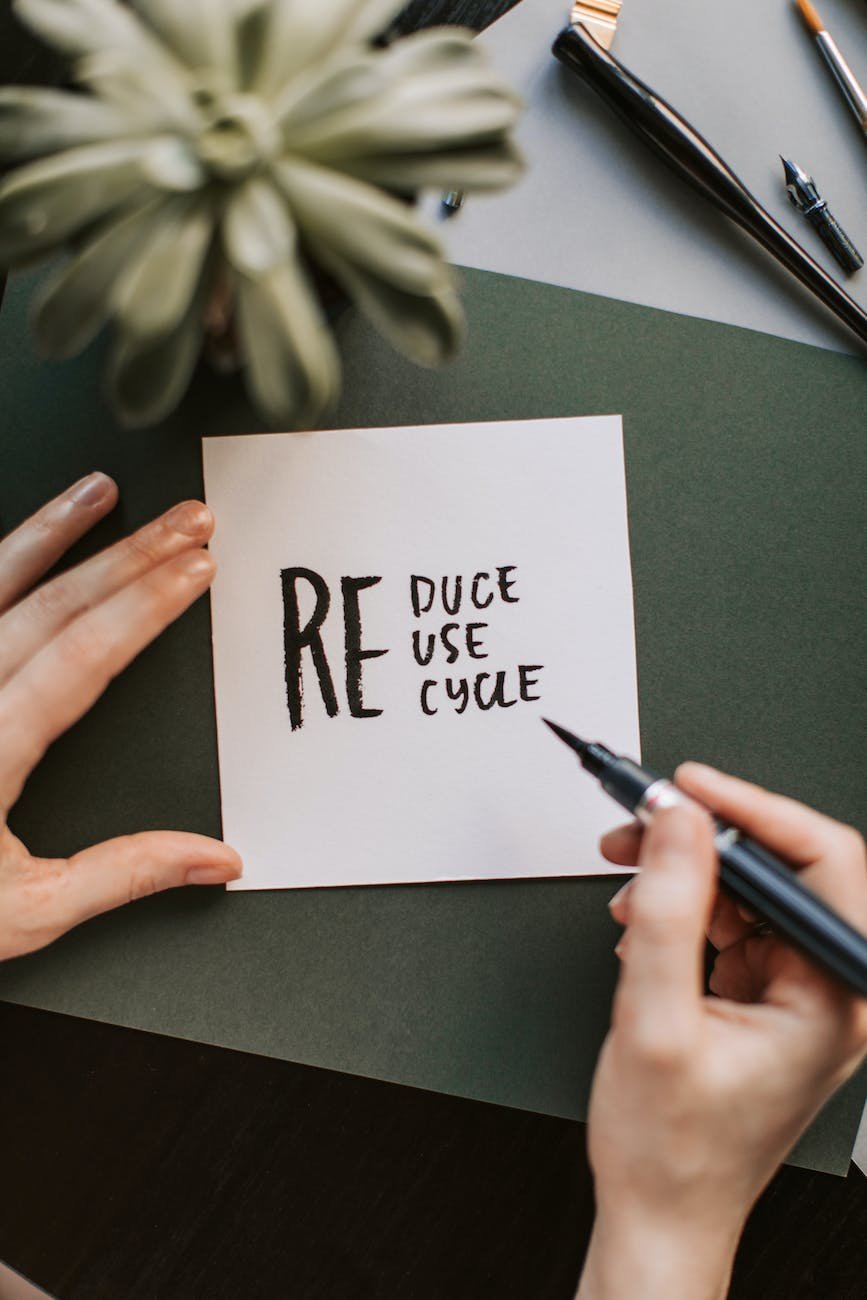
Principles Guiding the Shift to Paper Packaging
How are brands approaching the transition from plastic to paper-based packaging? These companies are guided by core principles that align with the goals of the sustainable packaging coalition.
1. Start with Recyclability
The first step is ensuring sustainable packaging material is kerbside recyclable for the majority of consumers. This vastly increases actual recycling rates.
2. Maximize Recycled Content
After prioritizing recyclability, brands are now shifting their focus to maximizing the use of recycled materials in their packaging design. This diverts waste from landfills and reduces use of virgin materials.
3. Seek Certifications
Getting recognized standards like Forest Stewardship Council (FSC) certifications validate responsible paper sourcingand production.
4. Consider Compostability
Some paper packaging allows home composting, further reducing waste. But compostable plastics are discouraged due to low composting rates.
5. Evaluate Structure Needs
Thicker paper stocks with coatings provide required barrier properties and rigidity in some cases. Balance performance with recyclability.
6. Partner with Suppliers
Packaging suppliers are providing research and development expertise to engineer optimized food packaging paper solutions for the sustainable packaging coalition. Collaboration is key.
7. Communicate Changes
Clear labeling informs consumers of improvements while explaining proper recycling protocols. Education is critical.
By adhering to these principles, brands make paper packaging transitions as environmentally and commercially effective as possible. Now let’s examine how to overcome the key challenges in implementing sustainable packaging solutions.
Collaboration between industry stakeholders is essential to drive the transition to sustainable packaging. Partnerships between big brands, packaging manufacturers, and recycling facilities help create a circular economy by ensuring the proper collection, sorting, and recycling of packaging materials. Government regulations and incentives also play a significant role in fostering eco-friendly packaging practices. Moreover, consumer demand and support from environmental organizations encourage and reinforce responsible packaging practices.
Qatar Printing
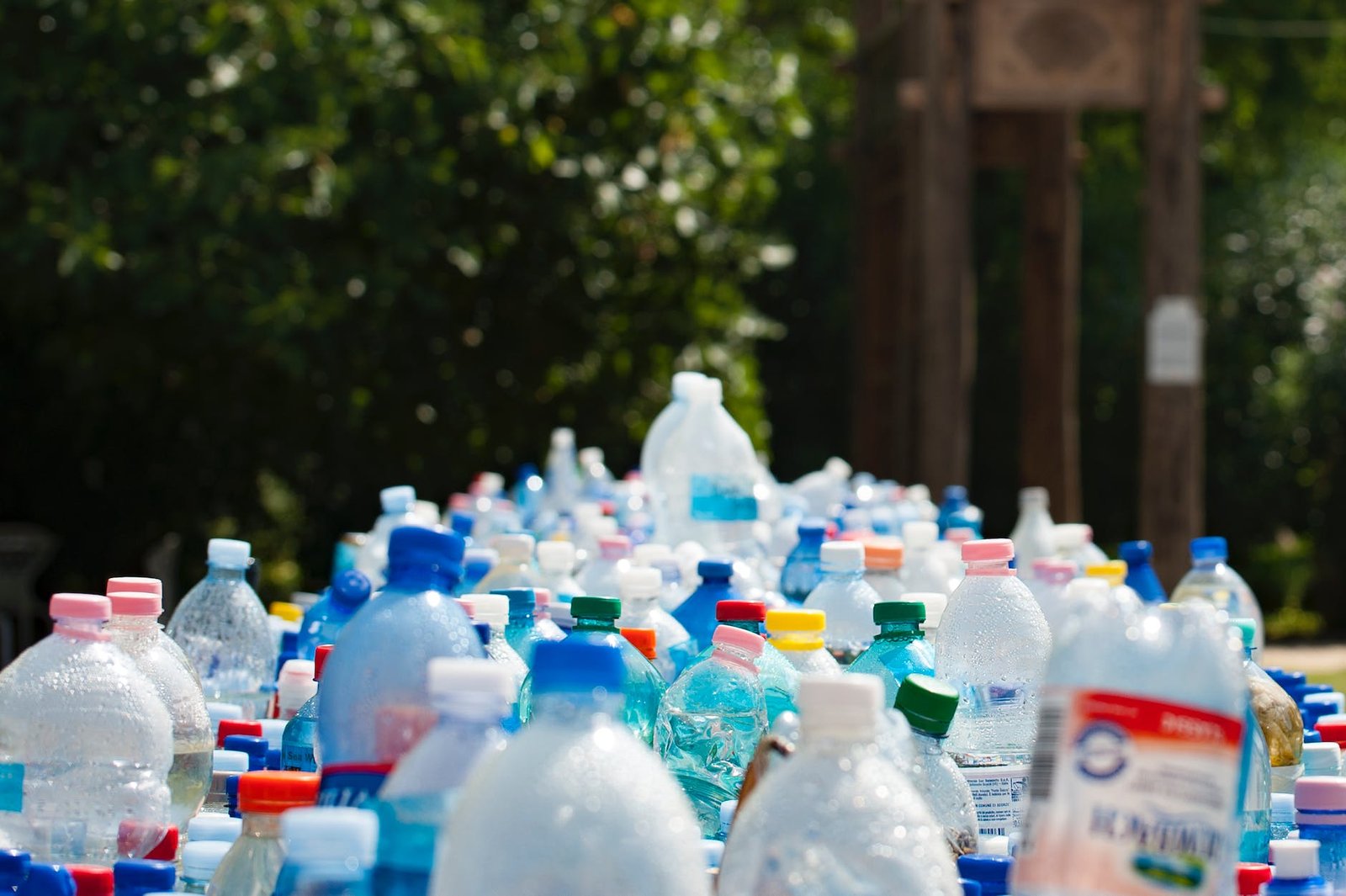
Navigating Challenges in Shifting from Plastic to Paper
Changing established packaging formats on flagship brands carries risks and challenges. Here’s how companies are mitigating key concerns about their packaging design’s impact on the environment:
Shelf Life Protection
Plastic excels at preserving food freshness, but its impact on the environment is leading us to consider reducing plasticpackaging and exploring other options. Brands rely on technical expertise to engineer paper structures with needed barrier properties.
Moisture Resistance
Papers require coatings, lamination with polymers, or storage swapped from standing up to laying flat to protect dry goods from moisture.
Structural Strength
For rigid containers, thicker paperboards or molded fiber shapes provide durability while remaining recyclable and reducing weight.
High-Speed Production
Machinery investments tune processes to reliably handle paper at commercial line speeds required for mass production.
Supply Chain Disruption
Gradual phase-ins give suppliers lead time to secure additional paper supplies and adjust processes to prevent shortages.
Higher Costs
Upfront investments eventually deliver savings from avoiding plastic taxes and cuts in packaging waste. Paper pricing advantages will grow as demand scales up.
With careful planning and execution, brands thoughtfully navigate trade-offs to successfully transition categories to paper.
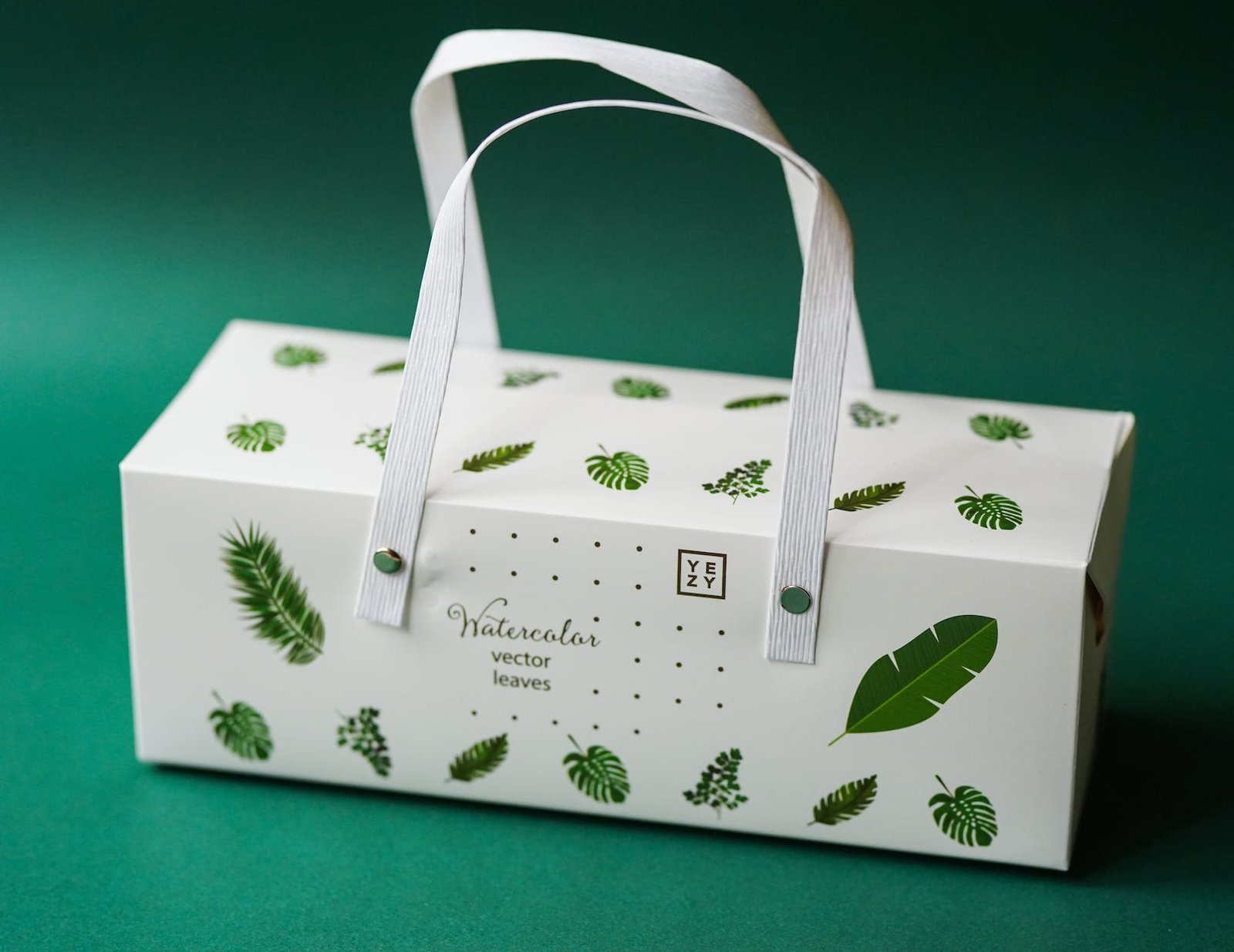
The Path Forward: Total Packaging Redesign
While current initiatives swap paper for plastic on existing formats, genuinely sustainable packaging requires holistic redesign.
What principles will guide the next wave of radical packaging innovation?
Rethink Before Recycle
Brands must challenge whether every package element is necessary from a functionality standpoint. Simply making a problematic package recyclable is not enough.
Refill and Reuse
Reusable packaging and refill models present the ultimate opportunity to eliminate waste but require drastic supply chain and marketing shifts.
Seek Standardization
The widespread adoption of standardized sub-components, as advocated by the sustainable packaging coalition, would enable interoperability between brands and dramatically increase recycling efficiency.
Evaluate New Materials
As technology advances, brands should remain open to innovative materials like bioplastics and mycelium (mushroom) composites that minimize harm.
Consider Customer Experience
Adopting sustainable packaging plays an important role in customer experience. Brands should preserve effectiveness while improving sustainability.
Embed Cradle-to-Cradle Thinking
Looking beyond a single quality package to consider its full lifecycle leads to better decisions. Aim for circularity.
While the current wave of paper transitions is important progress, much work remains to achieve packaging systems that are holistically sustainable by design, and by changing packaging strategies.
The Bottom Line
Consumer brands have hit a significant turning point as public sentiment, government policy, business competitiveness, and corporate responsibility all require a reduction in plastic waste and an exploration of new packaging options.
The revolution towards paper-based packaging has momentum that will only accelerate. As more categories make the transition, brands will continue driving innovation to address technical challenges.
Ultimately, plastic-to-paper initiatives taking place today represent critical steps on the path to reimagining packaging completely. Brands embracing this revolution are positioning themselves as leaders in building a circular economy grounded in sustainability.

Frequently Asked Questions
Here are answers to common questions about the food packaging revolution:
How quickly will this transition from plastic to paper happen?
Major shifts will occur over 5-10 years as multi-year brand commitments are executed. With the rise of sustainable practices, expect a rapid acceleration of changes in recyclable packaging across more categories.
Does paper packaging cost more than plastic?
Currently paper packaging does cost more in most cases. But as demand scales up, paper costs are projected to decrease significantly while plastic costs and taxes will likely rise due to regulations. This will affect the packaging industry in that this will make it more sustainable.
How effective is paper packaging, in comparison to plastic, in protecting food and reducing our carbon footprint?
Through coatings, multilayer lamination with polymers, and structural design, paper packaging can be engineered to provide moisture and oxygen barriers approaching plastic. Continued advances will further improve performance.
Won’t this increase deforestation for virgin pulp?
Responsible brands are maximizing recycled content and seeking certifications to ensure sustainable forest management. Overall paper demand is projected to see little increase due to lightweighting.
Can the recycling infrastructure handle increased paper volume?
Substantial investments in recycling systems are essential, but paper packaging is inherently more recyclable at scale than plastic, making it a more sustainable packaging option in reducing food waste. Brands work with municipalities to improve capabilities and educate consumers.
When will compostable packaging scale up?
While compostable packaging is a potential solution, its use is limited by low consumer access to industrial compostingfacilities and a need for broader packaging design changes. However, brands are gradually increasing use of certified backyard compostable paper packaging.
The paper packaging revolution reflects a sustainability mindset taking hold in the consumer industry. Brands are demonstrating climate leadership by eliminating problematic plastics. The transition to sustainable practices in packaging sets an example for companies across all industries to rethink the business practices that damage our planet. Ultimately, today’s packaging innovations will inspire the circular, low-carbon economy of tomorrow.
The revolution from plastic to paper packaging marks a significant step towards a greener future. The environmental impact of plastic packaging has driven big brands to embrace sustainable alternatives, such as paper packaging. The advantages of paper packaging, coupled with technological innovations and collaboration among industry stakeholders, have paved the way for a transformation in the packaging industry.
Qatar Printing

Towards a Sustainable Packaging Future
As we head into 2024, the paper packaging revolution is gaining momentum. But work remains to achieve truly sustainable packaging grounded in eco-friendly materials and circular lifecycle thinking.
Ultimately, each packaging decision presents an opportunity to reduce environmental impact. Brands must continue innovating smarter eco-friendly product designs, educating consumers about sustainable packaging, and collaborating across the industry. supply chain.
Implementing sustainable packaging requires evaluating every component. Can less material be used? Can all elements be recycled or composted? Does reusable packaging make sense? Should more recycled content be integrated? Are renewable materials available?
By questioning traditional packaging choices and employing solutions like compostable bioplastics, recyclable paper, and reusable containers, brands can drive progress. But packaging sustainability also depends on consumers properly disposing of and recycling materials.
Qatar Printing
Together, simple individual actions like foregoing hard-to-recycle plastic pouches add up to collective global impact. Sustainable packaging relies on shared responsibility between brands, governments and consumers.
The paper packaging revolution shows promising headway. But truly eco-friendly packaging will be the standard only when environmental considerations are embedded into all business and consumer decisions. The opportunity exists to build a circular economy where smart packaging design eliminates waste.

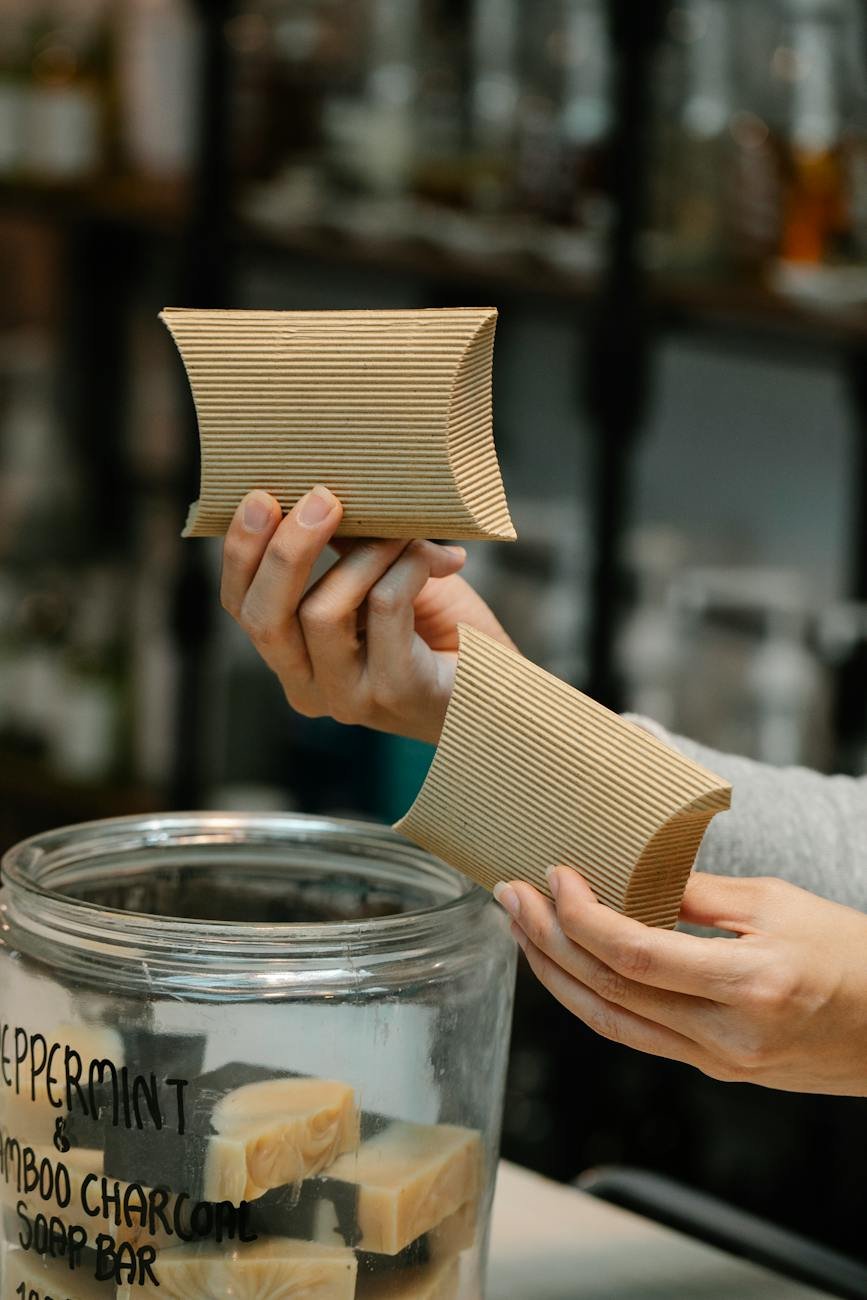
Leave a Reply